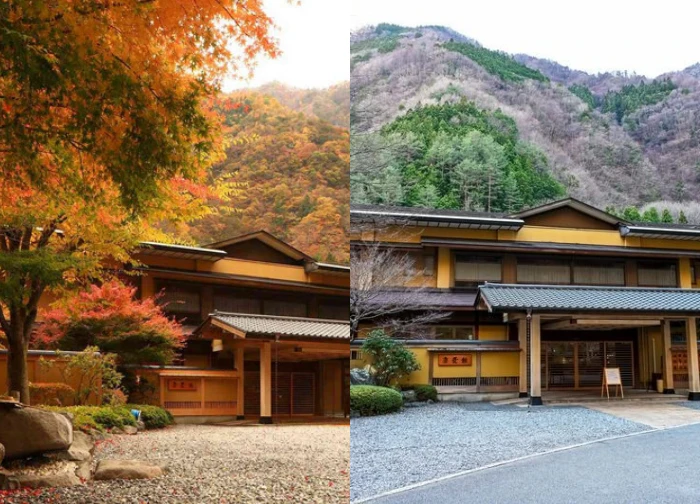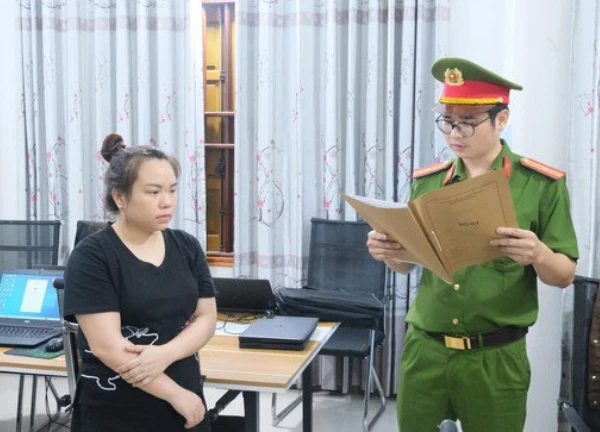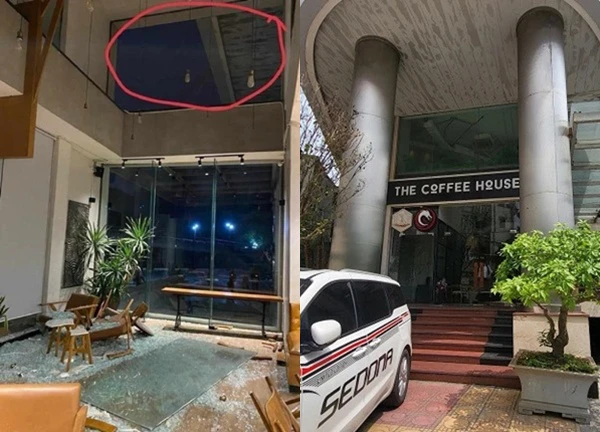"The bride asks for more money in the middle of the wedding ceremony and then the shocking escape!"

3 | 0 Discuss | Share
In the arid land of northern Peru, between remote valleys and the towering Andes Mountains, an ancient city that has just been revealed is shocking the world of archaeology.
The city of Peñico, which existed nearly 4,000 years ago, has been identified as one of the earliest urban centers in the Americas, dating from about 1800 to 1500 BC.
Built at an altitude of about 600 meters above sea level, Peñico is not just a mere ruin but a living vestige of a civilization that once flourished – an ancient society that knew how to plan cities, had religious rituals, developed arts and an extensive trading system. This discovery not only adds another piece to the ancient history of South America, but also raises many questions about the interconnectedness of the world's civilizations at that time.
The mystery unfolds from a bird's-eye view
The beginning of this fascinating discovery came from footage filmed by a drone. When the Peruvian archaeological team surveyed the area of the province of Barranca, not far from the capital Lima, they discovered a special circular structure located on the steps of the hill. It is surrounded by jagged ruins of stone and mud – a sign of the existence of an ancient urban area that has been buried for millennia.
Immediately, the experts embarked on the analysis. And the result surprised everyone: the center could have been a large pre-Inca metropolis, even appearing in parallel with the period when the civilizations of Egypt, Mesopotamia, India and China were gradually forming across the ocean.
Descendants of Caral, the oldest civilization in the Americas?
Peñico is not a completely independent discovery. It is located quite close to the area of the Caral civilization, known as the oldest civilization in the Americas, which existed about 5,000 years ago. Caral once amazed the world with 32 monumental structures – from pyramids to ceremonial squares – that rival the ancient centers of Egypt or Mesopotamia. In particular, Caral developed in complete isolation, with no evidence of influence from foreign civilizations.
According to Dr. Ruth Shady, a renowned archaeologist and head of the Peñico excavation, the city's birth could mark a period of recovery from climate change that has caused Caral to decline. "The ancients chose a strategic location to build Peñico – where it could easily trade with mountainous communities, coastal communities and even the Amazon forest area," Shady said.
Ancient city with sophisticated architecture and art development
After more than 8 years of research, the archaeological team has identified at least 18 major structures at Peñico. Among them are ceremonial temples, residential areas and especially the central square with intricately carved walls in relief.
One of the most impressive findings is the image of pututu – a traditional trumpet made from sea snail shells, capable of emitting a sound that echoes for kilometers. Pututu was used in religious ceremonies or communication in ancient times. Their presence in the center of Peñico shows a strictly organized culture, imbued with religious elements.
In addition, archaeologists have found many clay statues depicting people and animals, along with necklaces made from beads and seashells, showing that the craftsmanship and plastic arts of its inhabitants have reached a level of sophistication. The excavated ceremonial artifacts further strengthen the hypothesis that Peñico was not only a residence, but also an important religious-religious center.
An extension of pre-Columbian history
Experts say the discovery of Peñico is an important step forward in the exploration of pre-Columbian history in the Americas. It not only expands the knowledge of the ancient urban centers of the Andes but also clarifies the social differentiation, ritual organization and cultural exchange in the region.
Archaeologist Marco Machacuay of the Peruvian Ministry of Culture affirmed that Peñico is a natural continuation of the Caral civilization, demonstrating the ability of ancient humans to adapt and restructure society in the face of extreme climatic changes. "They don't disappear, they transform and continue to grow in a new form," he said.
Peru – the cradle of revival archaeology
In recent years, Peru has successively recorded many valuable archaeological discoveries, increasingly asserting its role as one of the most important centers of ancient civilization in the Americas.
In 2023, more than 30 tombs belonging to the Mochica culture (first – eighth centuries) have been discovered in the Lambayeque region, with many bodies buried with jewelry, gold masks and ritual items – a testament to a complex stratified society.
In 2024, at the archaeological site of Panamarca, scientists will continue to discover colorful stone columns depicting pre-Inca religious figures, perfectly preserved thanks to the arid climate. At the same time, the strangely patterned walls in the Ica valley – thought to be related to Nazca agriculture and astronomy – continue to raise new theories about ancient knowledge.
LIDAR surveys also revealed dozens of ancient settlements along the Andes that had never been known before, showing the extent of the widespread and complex distribution of pre-Inca societies.
Rewriting the history of ancient urbanization?
The discovery of Peñico is not only an archaeological story, but it could also change the way we look at the origins of cities in South America. While much of the attention was previously focused on the Inca civilization or Central American cultures such as the Maya and Aztecs, now Peñico – along with Caral – is slowly unveiling a whole new chapter: where ancient cities were not only born early, but thrived in isolation.
How many ancient cities like Peñico are hiding under the soil along the Andes and the Amazon forest? Archaeologists are still searching for answers, but one thing is clear: Peru is holding secrets in its hearts that could change the entire ancient history of the Americas.
Miss Supranational - Edurarda Braum crowned thanks to her sexy body?  Hanhan17:00:53 30/06/2025The new Miss Supranational 2025 - Eduarda Braum makes the public admire her charming beauty, attractive figure and impressive career. Not only conquering the judges with her attractive demeanor and professional performance skills.
Hanhan17:00:53 30/06/2025The new Miss Supranational 2025 - Eduarda Braum makes the public admire her charming beauty, attractive figure and impressive career. Not only conquering the judges with her attractive demeanor and professional performance skills.

3 | 0 Discuss | Share

1 | 0 Discuss | Share

3 | 0 Discuss | Share

2 | 0 Discuss | Share

1 | 0 Discuss | Share

4 | 0 Discuss | Share

5 | 1 Discuss | Share

4 | 1 Discuss | Share

4 | 1 Discuss | Share

3 | 1 Discuss | Share

4 | 1 Discuss | Share

2 | 1 Discuss | Share










2 | 0 Discuss | Report